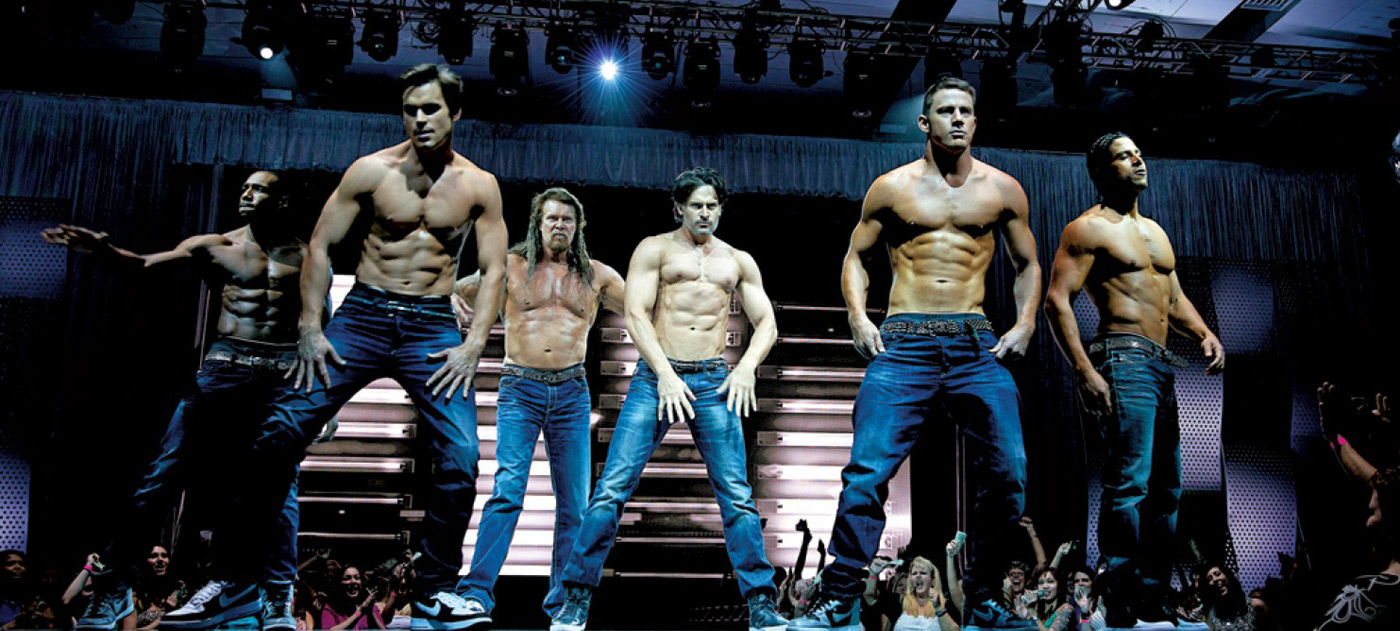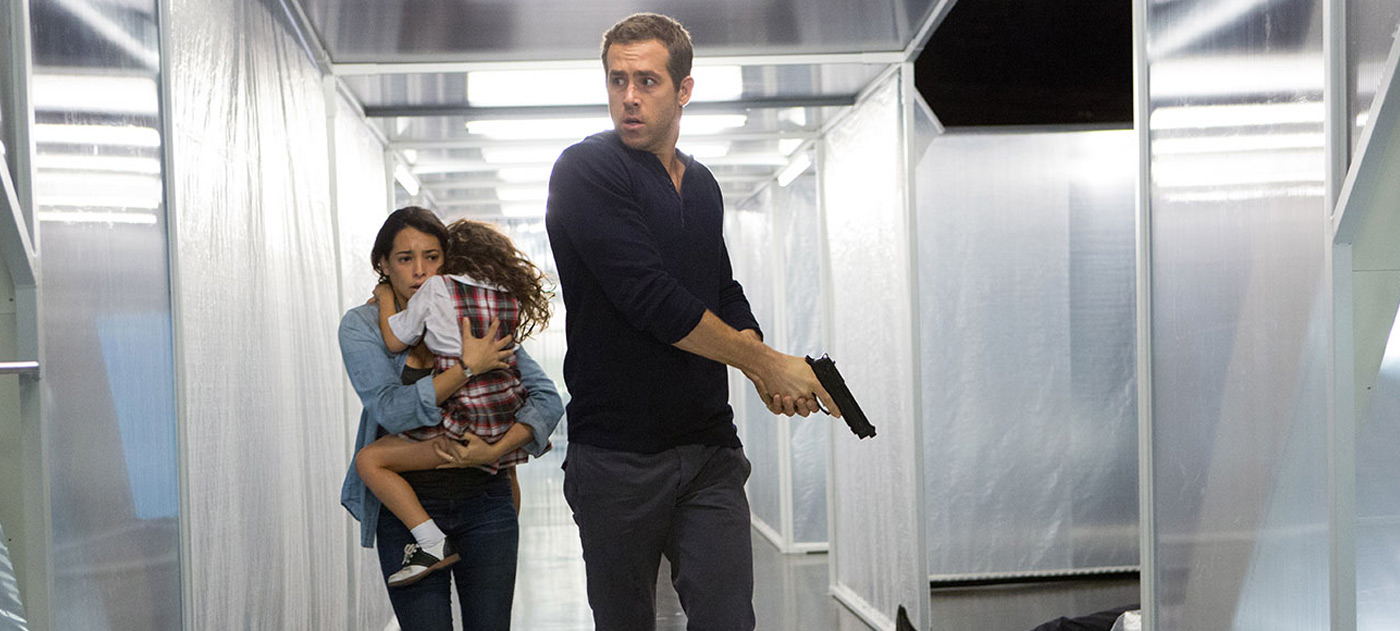The theatre is a place with its share of superstitions. Whether we’re talking about that long-accepted rule that wishing someone good luck is actually bad luck (and that telling someone to break a leg is actually good luck) or about many theatre practitioners’ devout refusal to utter the name Macbeth inside a theatre, this collection of superstitious rules and rituals contribute to an undeniable, inherent creepiness in the theatre profession. And this creepiness is exploited to great effect in The Gallows, the new found-footage film from ubiquitous horror mega-producer Jason Blum (Paranormal Activity, Insidious, Sinister, and many more), now playing in wide release.
The set-up is fairly simple and quite standard for a horror film: In 1993, a high school in suburban Nebraska put on a production of a historical play in which the lead character is put to death by hanging. Due to a horrifying technical malfunction, however, the teenage actor, Charlie, is inadvertently hanged for real, live on stage. Flash forward some twenty years later, and the high school is putting on a new production of the same play. When, for ignorant adolescent reasons, a group of students breaks into the school auditorium in the middle of the night, they become trapped inside and alone in the dark with… something. Then they start dying. Is it the ghost of Charlie, looking for revenge?
It’s hardly an original narrative, but the film’s strengths are less in any storytelling innovation than in the claustrophobic way the filmmakers use the setting. For anyone who has ever spent some time in an empty theatre or high school auditorium, this is next-level scary stuff. Empty theatres are eerily quiet, impossibly cavernous, and just plain freaky as hell. Forget just the stage itself — once you venture into the wings, you encounter the dusty rooms filled with old costumes and props, the narrow passageways behind the stage, rickety staircases and ladders leading up to god-knows-where… and there’s always a locked door behind which you can hear the whirring of mysterious machinery. The Gallows locates the terror in these locations, helped in no small way by the fact that all scenes set inside the school take place in complete darkness, with the light on a camcorder and a smartphone’s night-vision app as the only sources of light. I know that, at this point, there is some general fatigue with the found-footage medium, but it inarguably continues to provide excellent opportunities for experiments in cinematography. And indeed DP Edd Lukas does a masterful job of playing with darkness and light.
This is one of those micro-budget indie horror films that are very popular these days, and it’s guaranteed to be an enormous financial success, even if it only makes a small showing at the box office. It’s also obviously a very personal movie for the filmmakers, newcomers Travis Cluff and Chris Lofing, who wrote, directed, and produced the film, in addition to creating the visual effects. On top of this, Cluff plays the drama teacher in the film and Lofing (who graduated in 2009 from the very high school this film is set at) is its editor. The filmmakers do a very strong job directing this thing, and they get great results from their unknown cast. Best in show amongst the actors is newcomer Reese Mishler, who plays Reese (all four leads share a first name with their characters), the sensitive football stud who quits the team to star in the school play, even though his acting skills leave much to be desired. Mishler is great at the specific brand of naturalistic acting required in a found-footage film, and he’s always totally believable — whether being terrified or in the “mundane” moments or acting badly in the play. In fact, there are several scenes in the early part of the film that involve bad high school acting, and just it’s so much fun. Mishler is joined by Pfeifer Brown and Cassidy Gifford (daughter of Kathie Lee and Frank), both of whom do just fine.
Rounding out the main cast is Ryan Shoos, and his character is the film’s biggest problem. Not to say that Shoos is a weak actor. It’s that his character is such a horrible jerk that it’s difficult to care about what happens to him, and that’s bad since he’s the one who’s filming everything and basically shaping the entire first act of the film. Ryan (the character) is an arrogant jock who is disdainful of theatre in general and especially of anyone who would choose to participate in it. He teases Reese incessantly, bullies the stagehands, and is just an all-around asshole — and I had absolutely no interest in spending any time with him, let alone all the time. So, the early going is kind of a chore, since we’re stuck seeing everything from his perspective for a good chunk of the film. At least Shoos plays douchebaggery very well, and he eventually gets less horrible once he starts getting scared.
Another reason why Ryan is a problematic character is because his camera and its non-stop recording of things forms the bulk of the “found footage” that makes up this film — and, like far too many bad films in this genre, there’s never a good enough reason for why he’s filming at all. Yes, as I’ve mentioned, the filmmakers accomplish wonderful and terrifying feats of cinematography as a result of using just a camcorder and its single light to shoot the film… but for the entire stretch of the film taking place before they break into the school, there’s no good reason to record any of what he films, and that’s a thought that I just couldn’t shake.
Not to mention the film’s biggest, most nagging question — why on earth are they doing this school play again?! The first time, their lead actor died a horrible accidental death when the gallows set malfunctioned and left him hanging by the neck. Why would anyone want to put on the same play again on the same stage using the same set… and, more importantly, why would the school let them do it? There is willing suspension of disbelief, and then there is utter nonsense.
I wish I could tell you that The Gallows is a great film. It’s not. It has several substantial narrative problems, and it all leads to a truly awful, unbelievably ridiculous ending. Still, for a good deal of its running time, it is genuinely terrifying, and that’s something all too rare in horror cinema. Watch it. With the lights off.










Fantastic Four
Fantastic Four